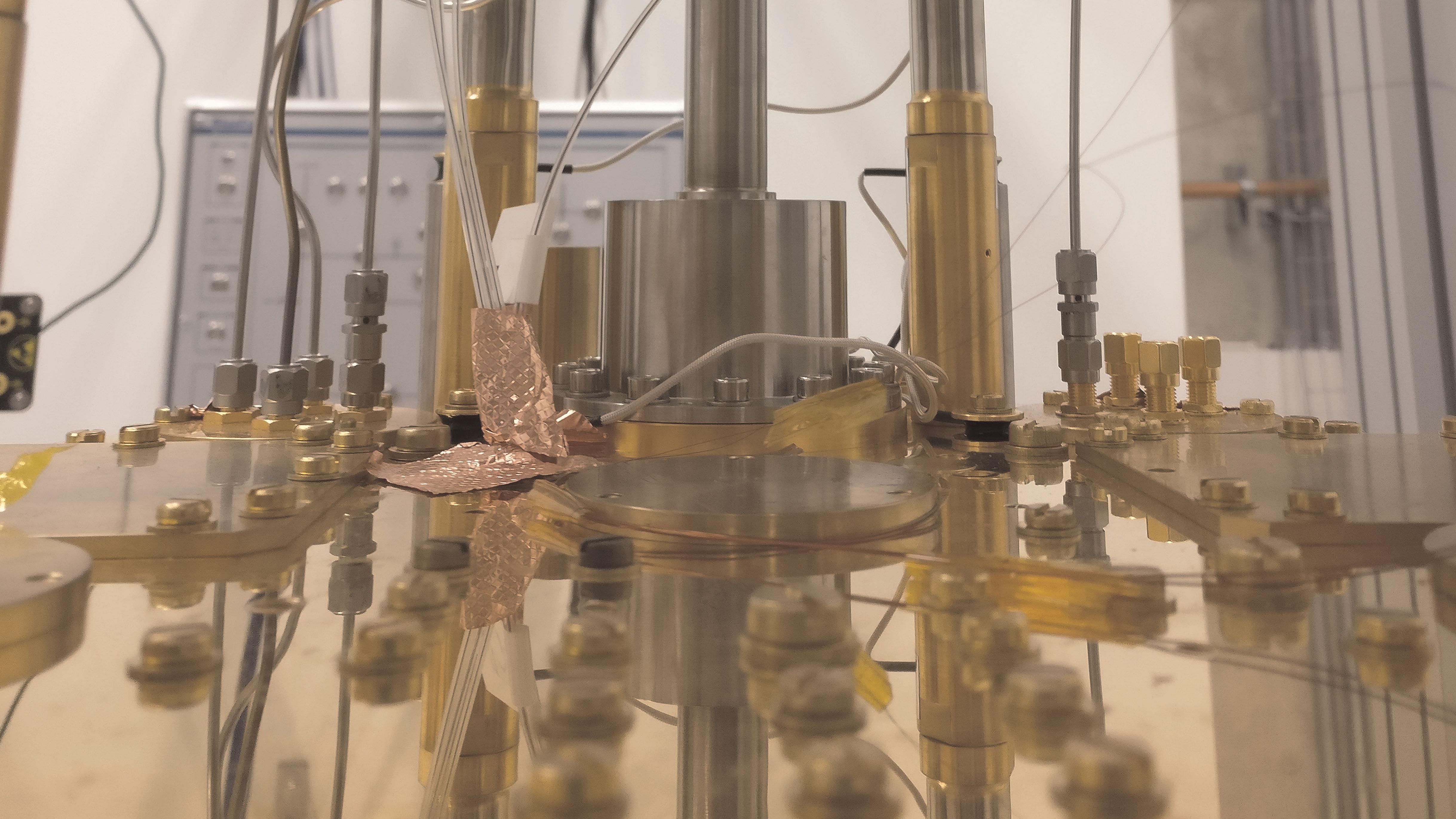
3 minute read
an entangled signal generator (the JPA
quest for better ways to identify genuine radar echoes amid noise. This is not the only aspect of radars that can be improved using quantum techniques, however. It is possible to develop quantum-enhanced receivers, for instance, which can detect signals at very low powers. Nevertheless, we will focus on the signal-versus-noise problem in this article because most work in the quantum radar has been in this direction.
One type of the entanglement-based quantum radar, called quantum two-mode squeezing radar (QTMS radar), has been experimentally demonstrated to be a feasible quantum range finder [6]. However, modern radars are not just range finders. They are rich in possibilities and capabilities, such as a synthetic aperture radar (SAR), adaptive array processing, and space-time adaptive processing (STAP) [3], [7]. Can a quantum radar do all that? In the case of QTMS radar, the answer is a definitive yes. This shows that there exists a definite path to a quantum radar, which can do everything modern radars can do. What is needed now is the will to follow that path.
Advertisement
The following is a largely heuristic discussion and is not meant to be exhaustive in terms of possibilities offered by quantum physics. A rigorous discussion would require material from quantum theory, which cannot be covered in a single article. We hope, however, that it gives a flavor for some of the possibilities of an entanglement-based quantum radar.
HOW TO DISTINGUISH SIGNAL AND NOISE: MATCHED FILTERING
The main function of a radar is to discriminate the signal of interest from the interference background, which comprises thermal noise, clutter, and intentional interference (jamming). Unlike other interference sources, thermal white noise cannot be suppressed via signal processing. Hence, distinguishing signal from noise is a fundamental problem in radar design. In order to understand what parts of a radar can be improved using quantum physics, it is helpful to have a basic idea of how radars actually deal
with noise. (At this point, we will ignore other important practical issues such as clutter and interference. These will be discussed later). In order to keep the analysis simple, we will assume that the radar is attempting to detect a single, stationary target with a high radar cross section unless otherwise noted.
On a very basic level, the operation of many types of radars is based on matched filtering, which can be summarized as follows.
1) Produce a signal and transmit it toward a target.
Retain a record of this signal.
2) Receive a signal, which may or may not contain an echo of the transmitted signal.
3) Correlate the received signal with the record of the transmitted signal.
4) If the correlation exceeds a preset threshold, declare that a target is present.
The rationale behind this scheme is that a genuine echo should be highly correlated with the originally transmitted signal. Therefore, an echo corrupted by noise may still be more strongly correlated with the original signal than pure noise. Note that the received signal does not need to be highly correlated with the recorded signal. For detection to succeed, it is only necessary that the detected correlation be distinguishable from zero correlation. But in order to achieve this distinguishability, the transmitted signal should be as strongly correlated with the recording as possible.
The quantum radar schemes that we consider in this article offer potential improvements in the fidelity of the record of the transmitted signal. In other words, quantum radars could produce transmitted and recorded signals, which are more highly correlated than any signals produced by a perfect “classical” source, irrespective of future technical advances in such classical sources. The reason this improves radar performance is that, the higher the correlation at the transmit side, the more room we have for noise to corrupt the received signal, yet still maintain detection performance.



